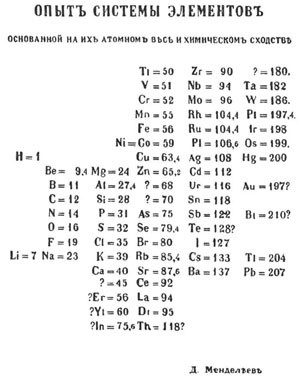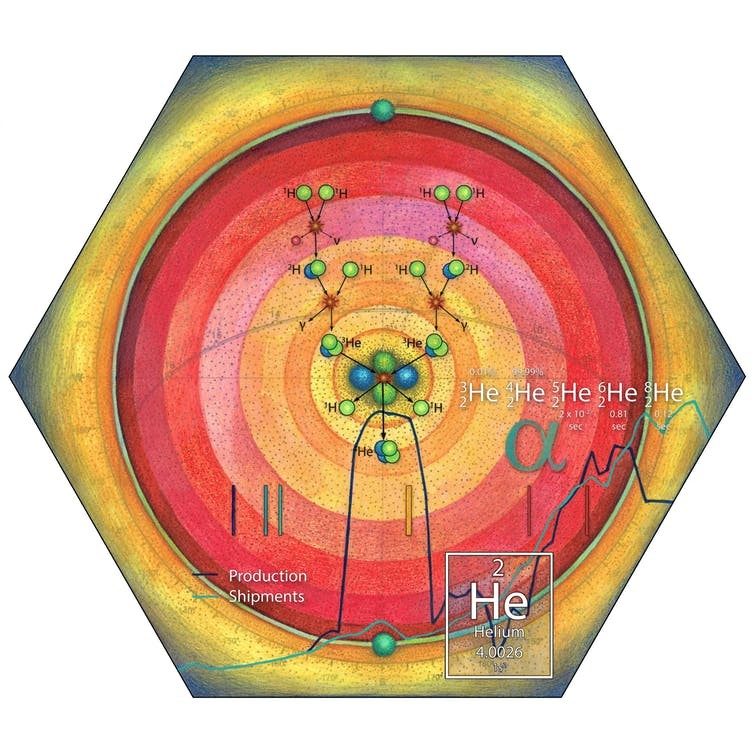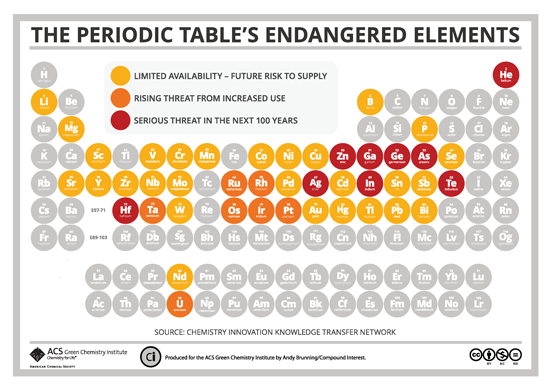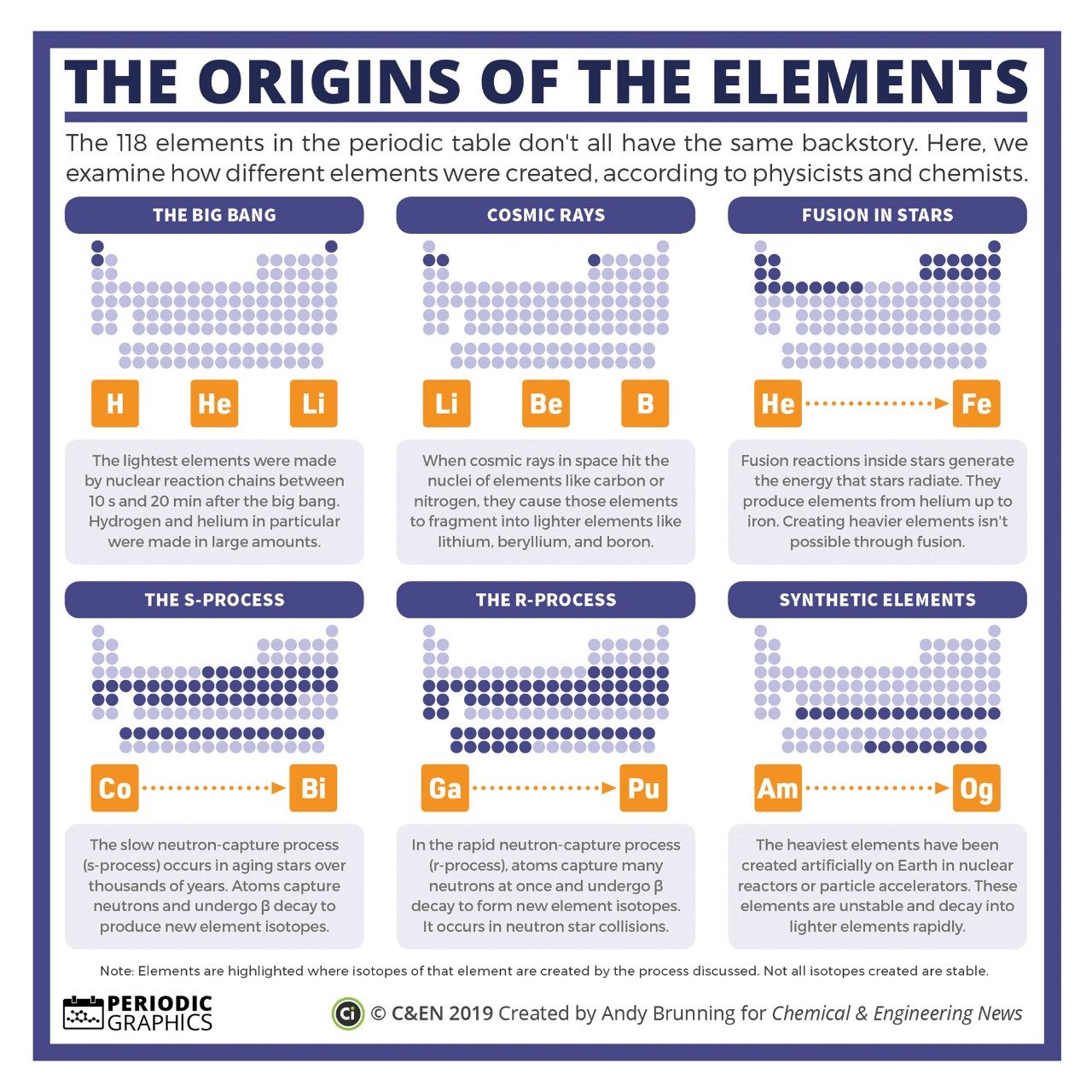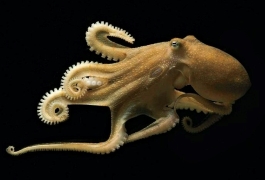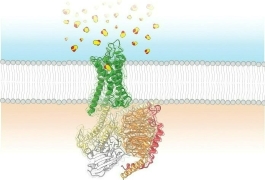A Look Back at the International Year of the Periodic Table
As the International Year of the Periodic Table (IYPT) winds down, inChemistry decided to take a stroll down memory lane to look for the most interesting and diverse ways this cornerstone of chemistry was recognized. From history to art to reimagining the table itself, the world surely had a blast celebrating 150 years of Dmitri Mendeleev’s ordering of the chemical elements. We've handpicked our favorite highlights.
The history
Credit for the modern periodic table goes to Dimitri Mendeleev, who arranged the elements by periodicity in 1869. But there were other representations prior to his, and there have been other representations since, some of which were by Chemical & Engineering News (read article). Before Mendeleev’s table, a German chemist, Johann Wolfgang Döbereiner, proposed that the elements could be arranged in triads, and a French geologist, Alexandre-Émile Béguyer de Chancourtois, arranged the elements by atomic weights around a cylinder, which he called the “vis tellurique.” But what made Mendeleev’s table so special was that he used his organization of the elements to correctly predict undiscovered elements.
In 2019, Mendeleev’s breakthrough was celebrated in articles, symposia, and fun events throughout the world.
Celebrating women
The journal Nature recognized women behind the periodic table. Scientists such as Russian chemist Julia Lermontova, a colleague of Mendeleev, continued the search for new elements. Lermontova took up the challenge to refine the separation processes for the platinum-group metals, ruthenium, rhodium, palladium, osmium, iridium, and platinum.
Other notable mentions included Polish-French chemist and physicist Marie Curie (who discovered radium and polonium), Austrian-Swedish physicist Lise Meitner (protactinium), German chemist and physicist Ida Noddack (rhenium), and French physicist Marguerite Perey (francium).
American nuclear chemist Darleane Hoffman is credited with showing that 257Fm could split spontaneously and for finding 244Pu in nature. She was also the first woman to lead a scientific division at Los Alamos National Laboratory. Reatha Clark King was the first African American woman to work at the National Bureau of Standards, where she studied the combustion of gaseous mixtures. Carmen Romani and Trinidad Ferrer worked on the health effects of fluorine.
Honoring the newcomers
Some of the scientists involved in the more recent additions to the periodic table were honored at the 6th International Conference on the Chemistry and Physics of the Transactinide Elements (TAN19 conference) and highlighted in a news release by AAAS. German physicists Peter Armbruster and Gottfried Münzenberg played roles in the discovery of elements 107 to 112. Kouji Morimoto of Japan was a member of the team that helped discover element 113. And Russian-Armenian nuclear physicist Yuri Oganessian, currently the only living person for whom an element is named (118, oganesson), headed the team that discovered elements 114 to 118. These discoveries resulted from the combined efforts of many individuals and institutions.
The only other element to be named for a living person was seaborgium – element 106 – which was named for American chemist Glenn Seaborg, who died in 1999. The element was especially popular among many ACS members as Seaborg was ACS President in 1976, 25 years after being awarded the Nobel Prize in Chemistry.
Actinides were a hot topic for others, too, as Chemical & Engineering News (C&EN) reported on the discovery and study of elements 104 through 118.
Elements of art
The academic magazine, The Conversation, celebrated IYPT with artistic depictions of elements by Australian artists Damon Kowarsky and Hyunju Kim. The artworks compare and contrast how individual elements are perceived by different audiences.
Take helium: The popular view is that helium is used for balloons and makes your voice sound funny. From a chemist’s perspective, helium is useful in cooling applications and is known for being the element with the lowest boiling point. And the artists themselves noted that it is colorless, odorless, tasteless, and almost completely inert--not a promising subject for visualization.
But Kowarsky chose to focus on the initial discovery of helium as coming from the Sun and that it is found in stars. So they depicted the sequence of helium formation in stellar nucleosynthesis. Certainly, a bit of a different focus on the elements.
From “When an artist looks at a chemical element, what do they see?” by The Conversation
The background composition is structured around a chart showing the passage of the Sun through the sky at the latitude and longitude of Charles La Trobe P-12 College in Macleod, Victoria, Australia, the site of the installation, on January 1.
Overlaid onto this is the sequence of helium formation in stellar nucleosynthesis, a graph showing the rates of production and consumption of helium (despite its prevalence in the universe it’s a finite resource on Earth), and the bars of the absorption spectrum that allowed this, the first-ever extraterrestrial element, to be discovered.
C&EN’s exploration of the elements
Coverage by C&EN ran the gamut. ACS’s flagship magazine pulled out all the stops, from historical essays and analysis of discoveries to poetry and photo contests. We’re fond of 39 Elements in 10 Days, in which we learn about Jenny and James Marshall’s historical road trip to visit the sites where elements were first discovered.
Close runners-up inluded coverage of the world’s smallest periodic table, which at 14 μm by 7 μm, beat out the previous record-holder that had been carved on a strand of hair, element enthusiasts who have collections metals, minerals, and even gases, and ongoing debates about the ordering of the periodic table.
New ways of looking at the periodic table
According to research by the Chemical Innovation Knowledge Transfer Network, “44 elements will face supply limitations in the coming years.” The ACS Green Chemistry Institute also notes “these critical elements include rare-earth elements, precious metals, and even some that are essential to life, like phosphorus.” How do endangered elements relate to green chemistry? You can read about it in the article “Endangered Elements.”
Chemical educator and Compound Interest blogger Andy Brunning shines a light on how the Big Bang and reactions in stars forged the elements in The Origins of the Elements infographic.
The ACS Committee on Chemists with Disabilities unveiled a highly accessible table at the ACS Fall National Meeting in San Diego. It features Braille and sign language printed onto every element tile.
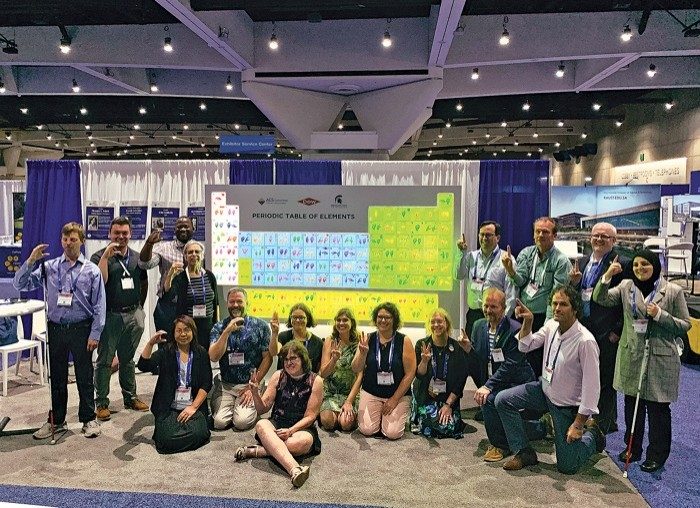
Favorites of ACS members
Dozens of ACS members shared their favorite element on Tumblr while others debated the “best” element, March-Madness style. Popular selections in the IYPT Periodic Playoff were oxygen, carbon, gold, silver, and platinum, with many showing favoritism to elements central to their own research. One respondent voted for barium, cobalt, and nitrogen because the symbols spell BaCoN. Find out which element won!
There were ample opportunities to test your knowledge with C&EN’s IYPT Trivia Quiz, the IUPAC Periodic Table Challenge, and the #IYPTQuiz (open December 20-31) hosted by ChemKittyCorn.
While it may be time to turn out the lights and clean up the confetti of elemental symbols as this celebratory year draws to a close, the science and the discoveries aren’t over. There is much to be learned and discovered. And, the next big thing in the table is already being worked on: Is there an element 119?
Contributing author: Frankie Wood-Black

